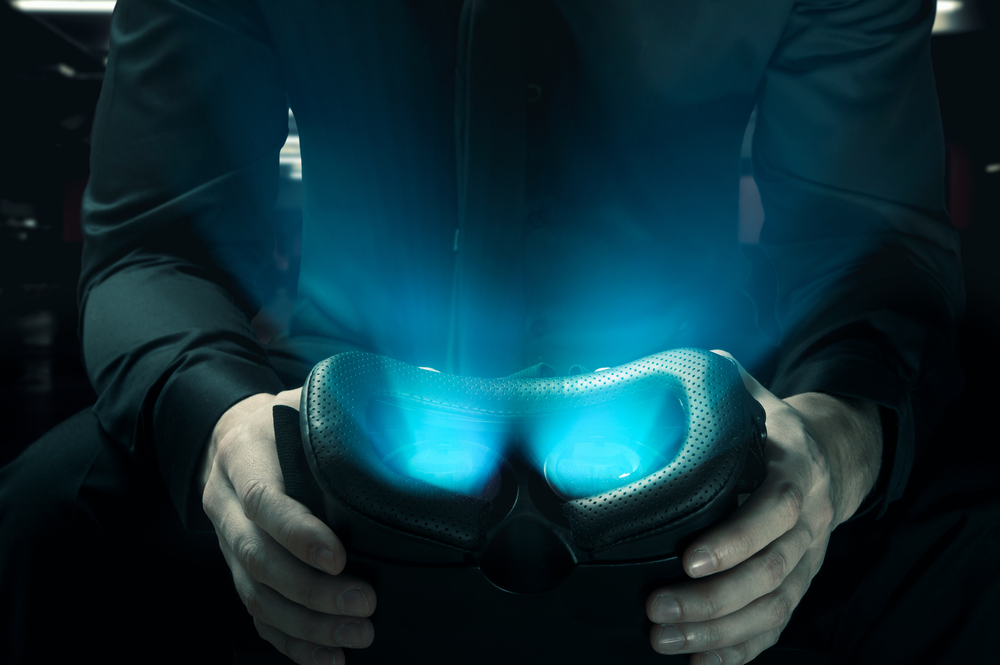
The US Army has started to receive the first of tens of thousands of augmented reality goggles designed to make soldiers more effective in close combat.
The Integrated Visual Augmentation System (IVAS) was developed from Microsoft’s Hololens 2 “mixed reality” system. The system includes a ruggedized heads-up display, cable, computer pack, wearable battery, squad radio, and power charger. It uses augmented reality to project critical data into a soldier’s field of view. This data – which may include maps, enemy positions, and personnel location information – enables soldiers to identify friendly and enemy forces and aim their weapons without directly seeing the enemy. Users can also receive feeds from multiple sources such as: nearby night vision devices- including low-light and thermal sighting systems; cameras mounted on the vehicle’s hull; and from drones flying overhead.
The Army envisions multiple uses for the IVAS – such as the ability to shift one’s point of view to that of the combatants’, seeing what a particular environment looks like from different directions or in different lighting of weather conditions, and viewing a holographic image of a building and determine how best to access it or escape.
“Think about giving the soldier instantaneous situational awareness, not only of their surroundings, but also of the proximity of mission-critical people, places and things. This will have a profound impact on soldier safety and a marked reduction in friendly fire and other types of incidents,” said David Marra, IVAS program director for Microsoft.
Earlier this year, IVAS underwent operational testing with the US Army’s 82nd Airborne Division paratroopers at Fort Bragg, NC. During testing, the paratroopers rehearsed combat missions under various weather conditions. The IVAS headset was found to have the capability of integrating several technologies to keep soldiers efficient on the battlefield.
Bravo Company Commander Capt. Roberto Huie stated that the new technology will be a ‘huge benefit’ for the soldiers, adding “Such a system will significantly improve reaction time for unit leaders who make decisions under the stress of battle.”
